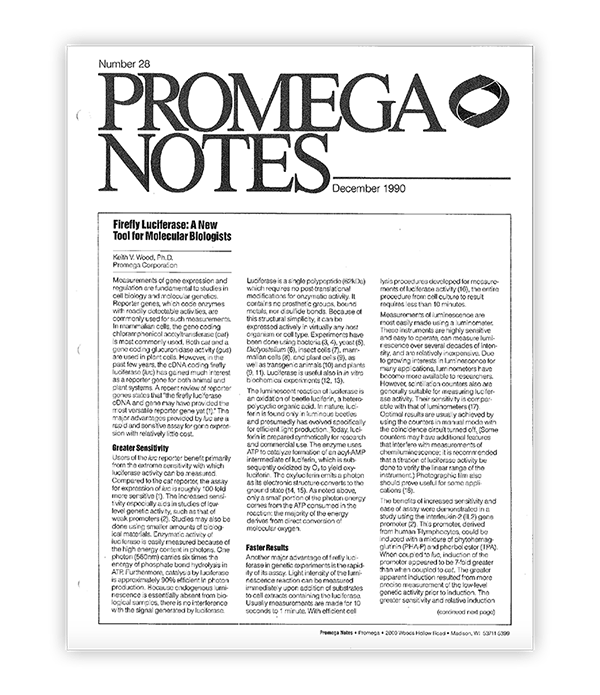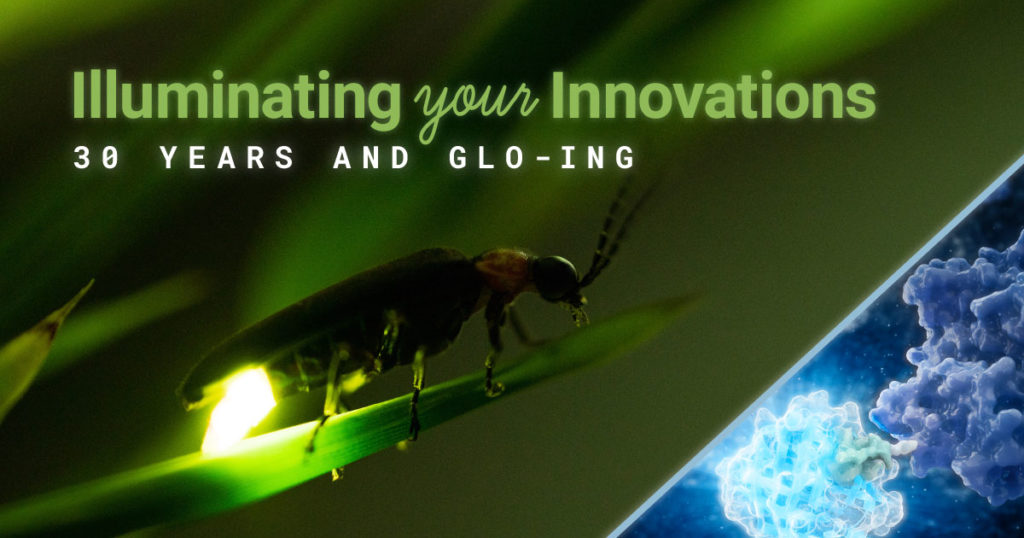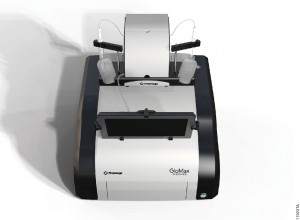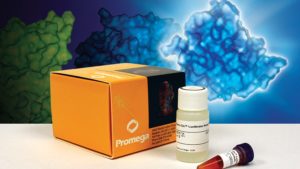This blog was written by Sebastien Smick, Research Technician in Dr. Jacquin Niles’ laboratory at Massachusetts Institute of Technology (MIT)
Our lab is heavily focused on the basic biology and drug discovery of the human bloodborne pathogen Plasmodium falciparum, which causes malaria. We use the CRISPR/Cas9 system, paired with a TetR protein fused to a native translational repressor alongside a Renilla luciferase reporter gene, to conditionally knock down genes of interest to create modified parasites. We can then test all kinds of compounds as potential drug scaffolds against these gene-edited parasites. Our most recent endeavor, one made possible by Promega, is a medium-low throughput robotic screening pipeline which compares conditionally-activated or-repressed parasites against our dose-response drug libraries in a 384-well format. This process has been developed over the past few years and is a major upgrade for our lab in terms of data production. Our researchers are working very hard to generate new modified parasites to test. Our robots and plate readers rarely get a day’s rest!
renilla luciferase
Celebrating 30 Years of “Glo-ing” Research
This post is written by guest blogger, Amy Landreman, PhD, Sr. Product Manger at Promega Corporation.

In December of 1990, Promega first discussed the use of firefly luciferase (luc) as an emerging reporter technology in the article, Firefly Luciferase: A New Tool for Molecular Biologists. At the time, the gene coding chloramphenicol acetyltransferase (cat) was most commonly used by researchers, but it was thought that the bioluminescent properties of firefly luciferase, extreme sensitivity and rapid simple detection, could make a significant difference in how molecular biologists tackled their research. Several months later, the first firefly luciferase reporter vectors and detection reagents became available as products, making this new technology more broadly accessible to the research community. Today firefly luciferase is no longer a “new tool”, with it and many other bioluminescent reporter technologies being standard elements of the modern research toolbox.

Why You Don’t Need to Select a Wavelength for a Luciferase Assay
It’s a question I’m asked probably once a week. “What wavelength do I select on my luminometer when performing a luciferase assay?” The question is a good and not altogether unexpected one, especially for those new to bioluminescent assays. The answer is that in most cases, you don’t and in fact shouldn’t select a wavelength (the exception to this rule is if you’re measuring light emitted in two simultaneous luciferase reactions). To understand why requires a bit of an explanation of absorbance, fluorescence, and luminescence assays, and the differences among them.
Absorbance, fluorescence, and luminescence assays are all means to quantify something of interest, be that a genetic reporter, cell viability, cytotoxicity, apoptosis, or other markers. In principle, they are all similar. For example, a genetic reporter assay is an indicator of gene expression. The promoter of a gene of interest can be cloned upstream of a reporter such as β-galactosidase, GFP, or firefly luciferase. The amount of each of these reporters that is transcribed into mRNA and translated into protein by the cell is indicative of the endogenous expression of the gene of interest.
Continue reading “Why You Don’t Need to Select a Wavelength for a Luciferase Assay”Dual-Luciferase or Dual-Glo Luciferase Assay System? Which one should I choose for my reporter assays?
I’ve got a set of experiments planned that, if all goes well, will provide me with the answer I have been seeking for months. Plus, my supervisor is eagerly awaiting the results because she needs the data for a grant application, so I don’t want to mess it up. However, I am faced with a choice for my firefly and Renilla luciferase reporter assays: Do I use the Dual-Luciferase® Reporter Assay System or Dual-Glo® Luciferase Assay System? What’s the difference? How do I decide which to use? I’m so confused! Help!
Sound familiar? Not to worry! The choice is not difficult once you know how these assays work and how they differ.
To inject or not inject?

Luciferase assays are useful tools for studying a wide range of biological questions. They can be performed easily by adding a reagent that provides components necessary to generate a luminescent signal directly to cells or a cell lysate. However, once this reagent has been added, how long you wait to measure the signal becomes a key consideration in generating consistent data. Dependent on which luciferase assay you use, you may need a luminometer that can use injectors to deliver the assay reagents. The reason for this is simple, but can be confusing to new users.
Let’s start by discussing two types of luciferase assays: “flash” vs. “glow”. Continue reading “To inject or not inject?”


